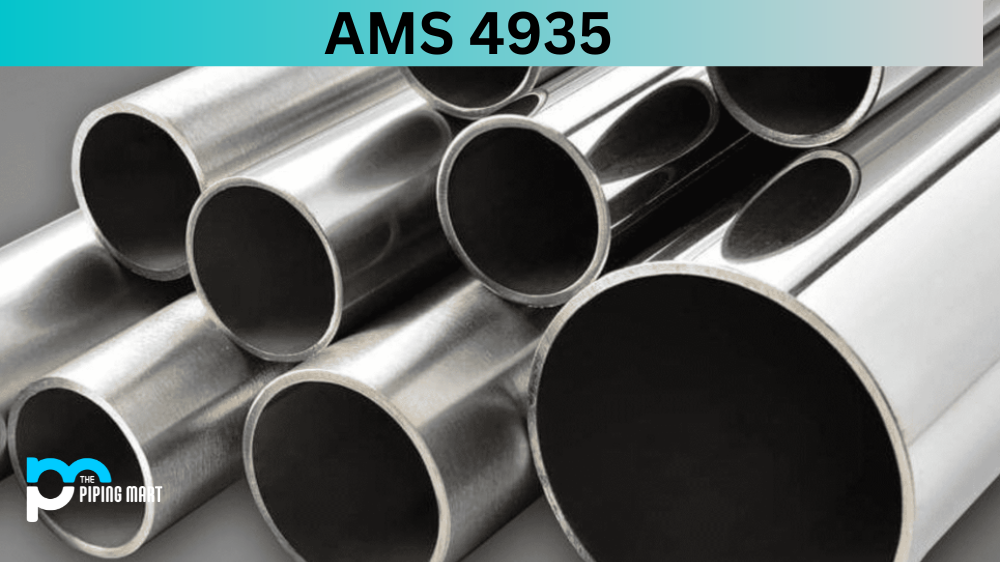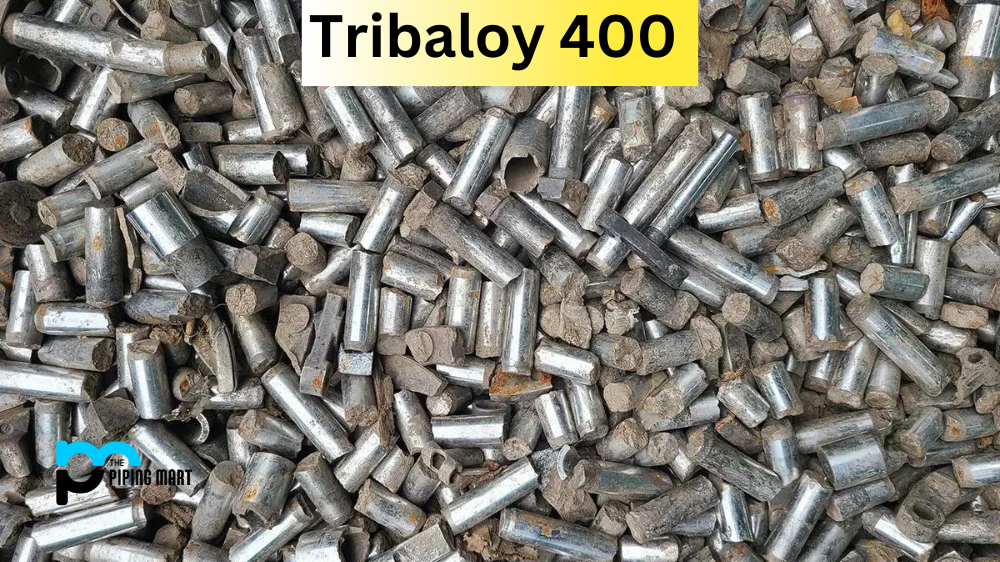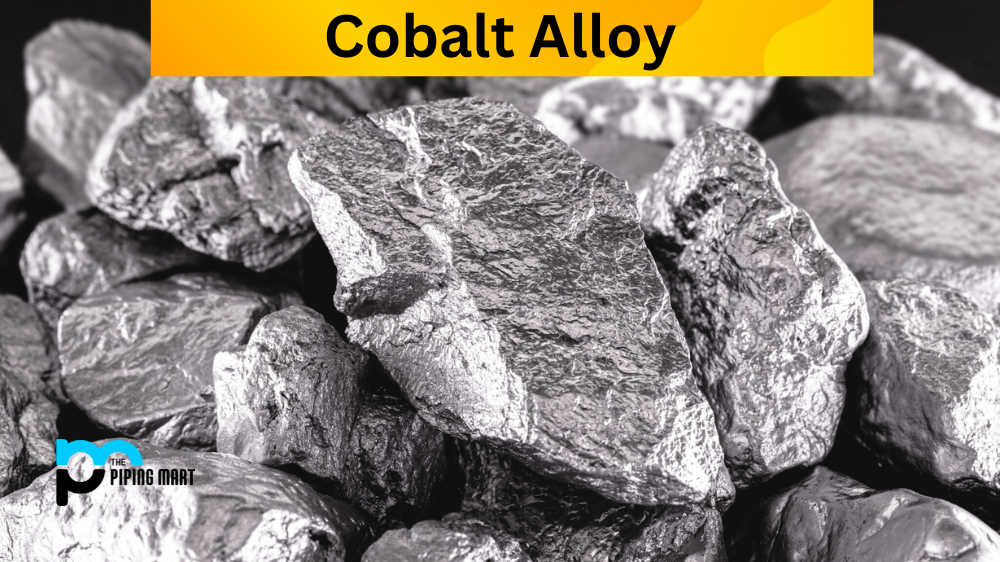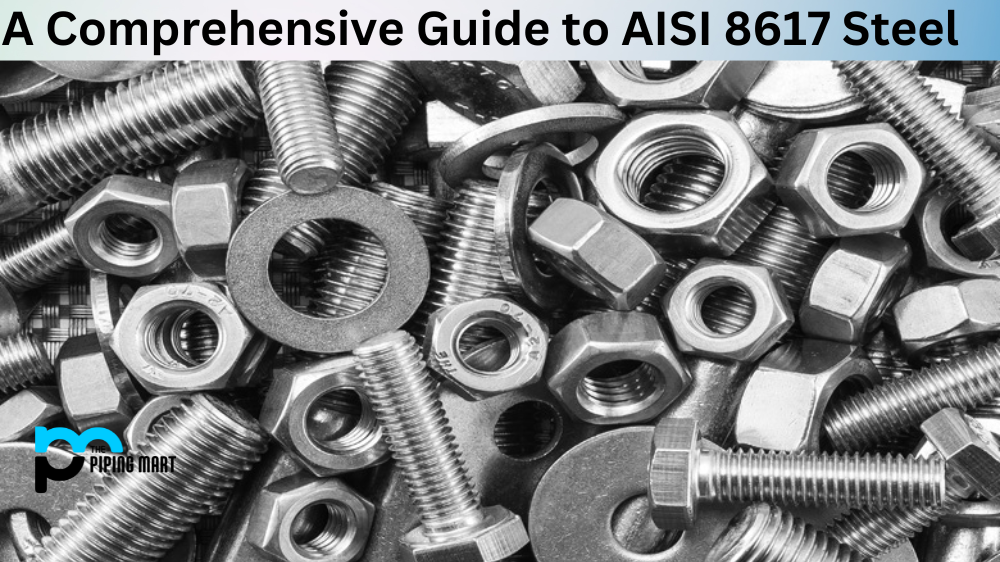If you’re in the aerospace industry, you’ve probably heard of AMS 4935. This specification defines a specific titanium alloy used in various applications such as engines, airframes, and other critical components. Understanding the composition, physical, and mechanical properties, uses, hardness, and heat treatment of AMS 4935 is crucial to ensuring optimal performance and durability of any component made from this material. This blog will dive into everything you need about AMS 4935.
What is AMS 4935?
SAE AMS 4935 is a well-known titanium alloy often used for aerospace applications. It is a high-strength alloy that can withstand extreme temperatures and corrosive environments. AMS4935 includes titanium, aluminium, vanadium, and other metals, giving it unique properties. Whether you are working in the aerospace industry or just interested in learning more about advanced materials, AMS 4935 is worth exploring. With its impressive strength and durability, this titanium alloy will continue to play an important role in high-performance applications for years.
AMS 4935 Composition
SAE AMS 4935 is a titanium alloy consisting of 6% Aluminum, 4% Vanadium, 0.25% (maximum) iron, 0.2% (maximum) oxygen, and traces of carbon, nitrogen, and hydrogen. This combination of elements gives AMS 4935 an excellent strength-to-weight ratio and high-temperature performance.
AMS 4935 Physical Properties
AMS 4935 has a density of 4.48 g/cm³, a melting point of 1649°C (3000°F), and a thermal conductivity of 7.09 W/m-K. It also has high-temperature stability, making it ideal for applications in high-temperature environments.
AMS 4935 Mechanical Properties
AMS 4935 exhibits excellent mechanical properties, including high tensile and yield strength, flexibility and toughness, and low creep and stress-to-rupture ratio. The ultimate tensile strength of the alloy is 1100 MPa, while the yield strength is 1000 MPa. The elongation at break is 10%, and the reduction in area is 20%.
AMS 4935 Uses
AMS 4935 is primarily used in the aerospace industry. Its high strength-to-weight ratio and excellent high-temperature performance make it ideal for applications such as engine components, airframes, landing gears, and other critical parts. Other industries using AMS 4935 include medical, automotive, and marine.
AMS 4935 Hardness
The hardness of AMS 4935 is typically measured using the Rockwell C scale, where the hardness of the material is around 36. This value indicates the material’s ability to resist permanent indentation or deformation.
AMS 4935 Heat Treatment
AMS 4935 can be heat treated to improve its mechanical properties, such as strength, flexibility, and toughness. Heat treatment involves heating the alloy to a specific temperature, maintaining it for a specific duration, and then cooling it at a specific rate. The most common heat treatment process for AMS 4935 is annealing, which involves heating the material to around 750°C (1382°F) for 1-2 hours before cooling it slowly to room temperature.
Conclusion:
AMS 4935 is a titanium alloy with excellent physical and mechanical properties. Its high strength-to-weight ratio and high-temperature performance make it ideal for use in the aerospace industry for engine components, airframes, landing gears, and other critical parts. Its hardness and heat treatment options also make it versatile for use in other industries such as medical, automotive, and marine. Understanding the composition, physical and mechanical properties used, hardness, and heat treatment of AMS 4935 is essential in ensuring optimal performance and durability for any component made from this material.

Pipingmart is a B2B portal that specializes in metal, industrial and piping items. Additionally, we share the latest information and information about materials, products and various types of grades to assist businesses that are involved in this business.




